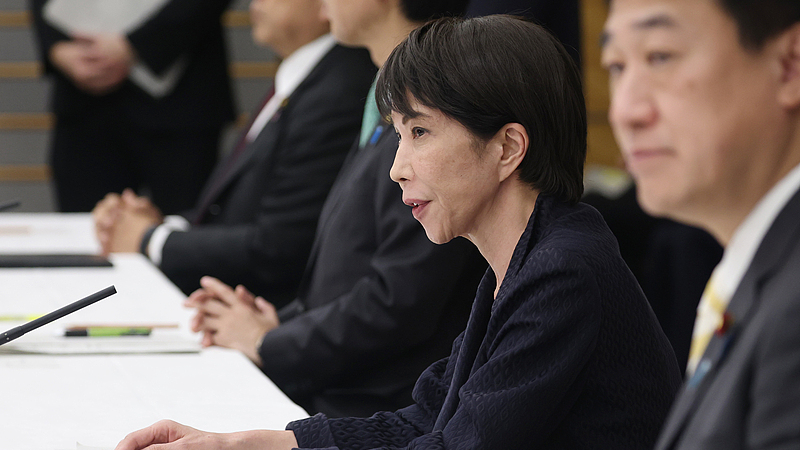In a bold move towards sustainability, the Central Economic Work Conference held in Beijing this December highlighted the acceleration of a comprehensive green transition, with a significant focus on establishing zero-carbon parks. But what exactly defines a zero-carbon park?
A zero-carbon park is a meticulously designed area that achieves carbon neutrality by integrating renewable energy sources, energy-efficient technologies, and strategic carbon offset initiatives. The primary objective is to balance carbon emissions by not only reducing them but also offsetting any residual emissions, ultimately attaining net-zero carbon emissions.
The journey to a zero-carbon park unfolds in three distinct stages: the low-carbon park, the near-zero-carbon park, and finally, the zero-carbon park. Each stage represents a progressive commitment to reducing environmental impact, leveraging innovative technologies, and fostering sustainable practices.
These parks are set to become benchmarks for sustainable development, showcasing how urban areas can harmonize economic growth with environmental stewardship. By implementing these initiatives, the goal is to create thriving communities that contribute positively to the global fight against climate change, setting the stage for a more sustainable and resilient future.
Reference(s):
What is a zero-carbon park? From low carbon to net-zero emissions
cgtn.com



